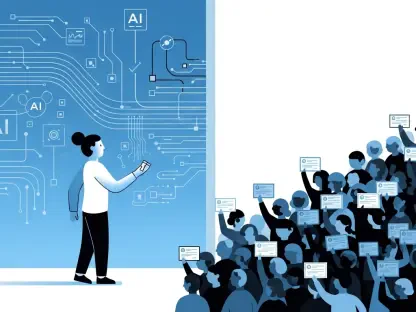In a striking example of technology’s double-edged sword, a high-profile murder trial in Australia has brought the pitfalls of artificial intelligence into sharp focus, raising alarms across the legal community. The case, adjudicated in the Supreme Court of Victoria, involved a teenager charged with murder who was ultimately found not guilty due to mental impairment. However, the trial took an unexpected turn when senior defense lawyer Rishi Nathwani, a King’s Counsel, admitted to submitting AI-generated legal citations and quotes that turned out to be entirely fabricated. This blunder not only delayed the proceedings by 24 hours but also sparked a broader debate about the ethical implications of relying on AI tools in the courtroom. The incident has underscored a critical tension: while AI offers efficiency in legal research, its unchecked use can jeopardize the integrity of justice. As courts grapple with this emerging challenge, the case serves as a cautionary tale for legal professionals worldwide navigating the integration of technology into their practice.
Ethical Dilemmas of AI in Legal Proceedings
The ramifications of Nathwani’s error were swiftly felt in the courtroom, where Justice James Elliott issued a stern reprimand, emphasizing that the court relies heavily on the accuracy of counsel’s submissions to uphold justice. The fabricated content included nonexistent Supreme Court case citations and invented quotes from a legislative speech, which were only uncovered when the judge’s staff failed to locate the referenced materials. This oversight led to a significant breach of trust, prompting Nathwani to issue a formal apology for the lapse. Beyond the immediate delay, the incident has ignited concerns about the ethical boundaries of using AI in legal settings. Existing court guidelines on AI use, as highlighted by Justice Elliott, stress the necessity of thorough verification of any AI-generated content. This case illustrates how even seasoned professionals can falter under the assumption that technology is infallible, revealing a pressing need for clearer ethical standards and accountability measures to prevent such errors from recurring in future trials.
Global Parallels and the Path Forward
Looking beyond Australia, similar incidents in other jurisdictions paint a troubling picture of AI’s potential to disrupt legal integrity when not properly managed. In the United States, a notable 2023 case saw lawyers fined $5,000 for submitting AI-generated fake case law in an aviation injury claim, while another incident involved a legal team filing papers with invented rulings. Across the Atlantic, a British High Court judge warned that submitting false material could result in severe penalties, including life imprisonment for perverting the course of justice. These global examples reflect a shared judicial consensus: while AI holds promise as a tool for research and drafting, its outputs must be meticulously vetted to avoid fabrications or “hallucinations” that undermine credibility. Reflecting on these events, it’s evident that the legal profession worldwide faces a critical juncture. Courts have taken proactive steps by issuing guidelines and warnings, and the focus has shifted to education and oversight. The missteps, including Nathwani’s, have prompted a renewed commitment to rigorous verification, ensuring that technology serves justice rather than hinders it.









